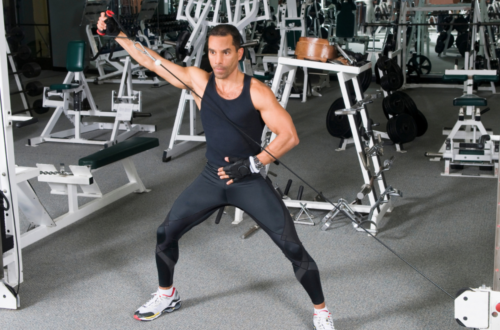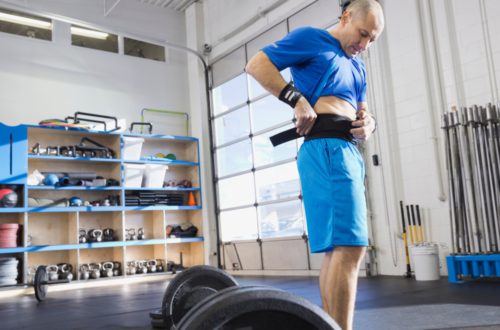
Incline Bench Press Guide: How to Perform with Dumbbells or Without a Bench
The incline bench press targets the upper chest, shoulders, and triceps. This variation of the traditional bench press is crucial for balanced muscle development. Without a bench, you can perform the exercise on an inclined surface like a sturdy, angled board or an adjustable home gym setup.
Proper form is essential to avoid injuries and maximize gains. Ensure your feet are firmly planted on the ground, and your back remains straight. Start with lighter weights to master the form before progressing to heavier loads.
Table of Contents
What Is The Incline Bench Press?
This exercise targets your upper chest muscles and gives you a well-rounded physique. But what exactly is the incline bench press? This guide will help you understand and master this powerful exercise, whether you have a bench or not.
Understanding The Basics
The incline bench press is a popular variation of the traditional bench press. It involves pressing a weight upward while lying on a bench set at an incline, usually between 30 to 45 degrees. This angle targets the upper part of your pectoral muscles more effectively than a flat bench press.
Here are some key points to understand:
- Equipment: You will need an adjustable bench and a barbell or dumbbells.
- Setup: Adjust the bench to an incline angle, typically between 30 to 45 degrees.
- Grip: Use a grip that’s slightly wider than shoulder-width.
- Execution: Lower the barbell to your upper chest, then press it back up until your arms are fully extended.
Muscles Targeted By The Incline Bench Press
The incline bench press primarily targets the upper pectoral muscles. It also engages several other muscles to a lesser extent.
Here is a list of the main muscles involved:
- Pectoralis Major (Upper Chest): The main muscle targeted by the incline bench press.
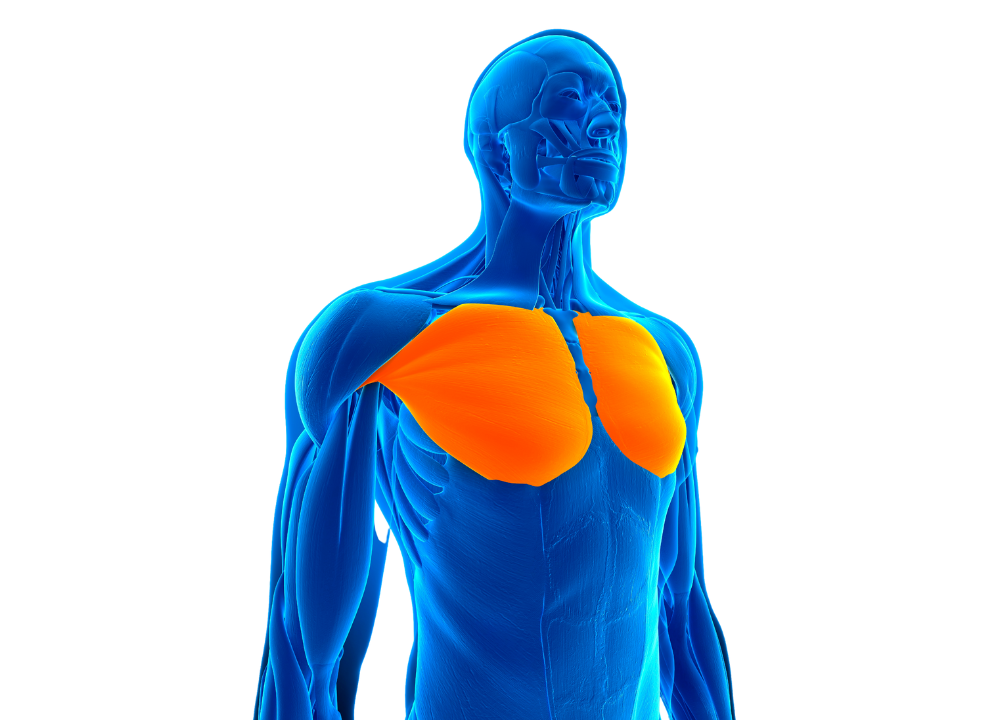
- Anterior Deltoids (Front Shoulders): These muscles assist in pressing the weight upward.
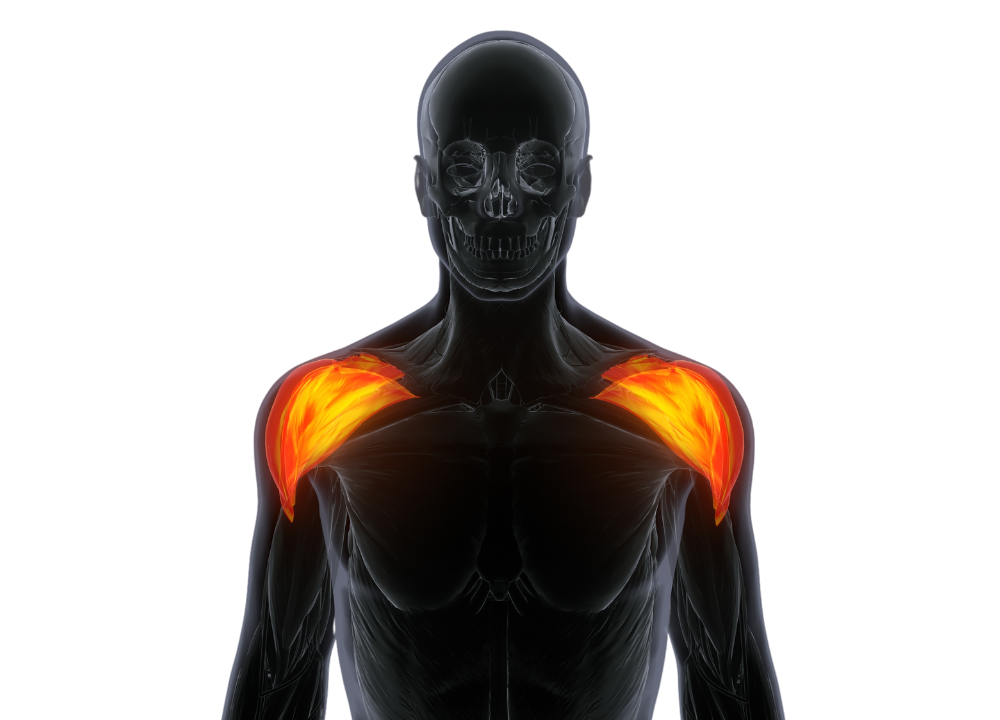
- Triceps Brachii (Back of the Upper Arm): These muscles help extend the elbows during the lift.

- Serratus Anterior: Located on the side of the chest, these muscles help stabilize the shoulder blades.
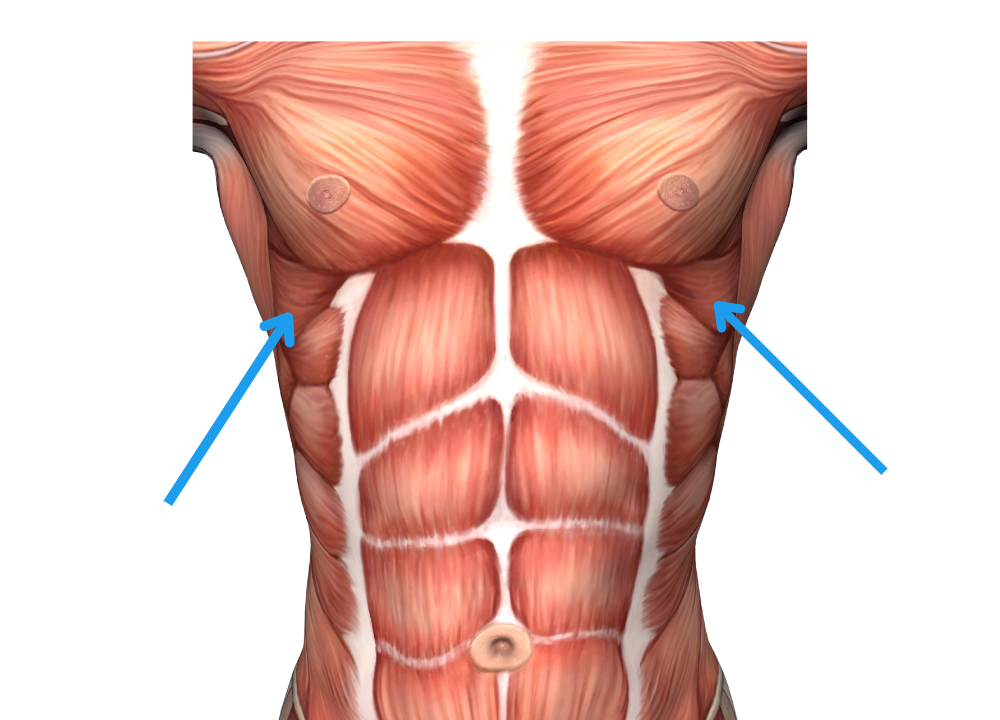
These muscles work together to perform the incline bench press effectively. Strengthening these areas can improve your overall upper body strength and aesthetics.
Here’s a quick reference table:
| Muscle | Role |
|---|---|
| Pectoralis Major | Main muscle targeted |
| Anterior Deltoids | Assist in pressing |
| Triceps Brachii | Extend the elbows |
| Serratus Anterior | Stabilize shoulder blades |
Understanding which muscles are targeted can help you focus your training and achieve better results.
Benefits Of The Incline Bench Press
It’s a variation of the traditional bench press, performed at an angle. This angle helps engage the upper pectoral muscles more effectively. The benefits of the incline bench press are numerous, making it a must-have in any chest workout routine.
Why It’s Better For Upper Chest Development
The incline bench press excels in upper chest development. The angle of the bench, typically set at 30-45 degrees, shifts the focus from the mid and lower chest to the upper chest. This makes it ideal for achieving a well-rounded chest appearance.
- Targeted Muscle Activation: The incline position specifically targets the clavicular head of the pectoralis major.
- Balanced Chest Development: Helps in balancing the overall chest development by emphasizing the upper part.
- Improved Shoulder Strength: Engaging the shoulders more than a flat bench press, enhancing their strength.
Incorporating the incline bench press into your routine can help in building a stronger and more defined upper chest. It’s beneficial for both strength training and aesthetic goals. Here’s a quick comparison of muscle activation between the incline and flat bench press:
| Exercise | Primary Muscle Target | Secondary Muscles |
|---|---|---|
| Incline Bench Press | Upper Chest (Clavicular Head) | Shoulders, Triceps |
| Flat Bench Press | Middle Chest (Sternal Head) | Shoulders, Triceps |
Comparing Incline Bench Press To Flat Bench Press
The incline and flat bench presses both offer unique benefits. Each targets different parts of the chest, making them complementary exercises.
- Muscle Activation: The flat bench press targets the middle chest more, while the incline bench press focuses on the upper chest.
- Range of Motion: The flat bench press allows for a greater range of motion, making it effective for overall chest strength.
- Joint Stress: The incline bench press places less stress on the shoulder joints compared to the flat bench press.
Adding both exercises to your workout routine ensures comprehensive chest development. Here’s a detailed comparison:
| Aspect | Incline Bench Press | Flat Bench Press |
|---|---|---|
| Target Area | Upper Chest | Middle Chest |
| Secondary Muscles | Shoulders, Triceps | Shoulders, Triceps |
| Joint Impact | Lower | Higher |
| Range of Motion | Moderate | High |
The incline bench press is essential for upper chest development. It complements the flat bench press by targeting different muscle groups. Together, they create a balanced and effective chest workout.
How To Perform The Incline Bench Press With A Bench
This guide will help you understand how to perform the Incline Bench Press with a bench, ensuring you get the most out of your workout while minimizing the risk of injury.
Step-by-step Instructions
Performing the Incline Bench Press with a bench involves several key steps. Follow these instructions to ensure proper form:
- Set the Bench Angle: Adjust the bench to an incline of 30 to 45 degrees. This angle targets the upper chest effectively.
- Position Yourself: Lie back on the bench with your feet flat on the ground. Your back should be firmly pressed against the bench.
- Grip the Barbell: Hold the barbell with a grip slightly wider than shoulder-width. Ensure your wrists are straight and aligned with your forearms.
- Unrack the Barbell: Lift the barbell off the rack and hold it directly above your chest with arms fully extended.
- Lower the Barbell: Slowly lower the barbell to your upper chest. Keep your elbows at a 45-degree angle to your body.
- Press the Barbell: Push the barbell back up to the starting position. Ensure you maintain control and avoid locking your elbows.
Video demonstration Incline Bench Press With A Bench
Common Mistakes To Avoid
Avoiding common mistakes can help you perform the Incline Bench Press safely and effectively. Here are some errors to watch out for:
- Incorrect Bench Angle: Setting the bench angle too high or too low can reduce the exercise’s effectiveness. Stick to a 30 to 45-degree incline.
- Improper Grip: A grip that’s too narrow or too wide can strain your wrists and shoulders. Use a shoulder-width grip for optimal results.
- Arching the Back: Keep your back flat against the bench. Arching your back can lead to lower back injuries.
- Flared Elbows: Keep your elbows at a 45-degree angle to your body. Flared elbows can increase shoulder strain.
- Rushing the Movement: Perform the exercise slowly and with control. Rushing can compromise form and increase injury risk.
- Locking Elbows: Avoid locking your elbows at the top of the movement. This can put unnecessary stress on your joints.
By following these guidelines, you can ensure a safe and effective Incline Bench Press workout. Proper form maximizes gains and minimizes injury risks.
How To Perform The Incline Bench Press Without A Bench
This section will guide you on how to perform the incline bench press without a bench, ensuring you can maintain your workout routine without any hiccups.
Equipment Alternatives For Home Workouts
Performing an incline bench press without a bench requires some ingenuity. Here are some equipment alternatives you can use for home workouts:
- Sturdy Chair: Use a sturdy chair with a backrest. Ensure it can support your weight and allows you to lean back at an incline.
- Stability Ball: A stability ball can mimic the incline of a bench. It’s also great for engaging your core.
- Stacked Cushions or Pillows: Stack firm cushions or pillows on the floor to create an incline. This is a simple and cost-effective solution.
- Incline on Stairs: Use the incline of stairs for your upper body while keeping your feet on a lower step.
Below is a table summarizing the equipment alternatives:
| Equipment | Description |
|---|---|
| Sturdy Chair | Use the backrest for incline support. |
| Stability Ball | Mimics the incline and engages the core. |
| Stacked Cushions | Creates an incline on the floor. |
| Stairs | Utilize the incline of steps. |
Step-by-step Instructions For No-bench Variation
Follow these steps to perform the incline bench press without a bench:
- Setup: Choose your equipment alternative. Ensure it is stable and at a comfortable incline.
- Position: Sit or lie back against your chosen equipment. Your body should be at a 30-45 degree angle.
- Grip: Hold dumbbells or a barbell with an overhand grip. Keep your hands shoulder-width apart.
- Starting Position: Lift the weights above your chest. Your arms should be straight but not locked.
- Lowering Phase: Slowly lower the weights to your chest. Keep your elbows at a 45-degree angle to your body.
- Pressing Phase: Push the weights back up to the starting position. Fully extend your arms.
- Breathing: Inhale as you lower the weights. Exhale as you press them back up.
- Repetitions: Aim for 3 sets of 10-12 reps. Adjust the weight as needed.
By following these steps, you can effectively perform the incline bench press without a bench, ensuring you hit those upper chest muscles even at home.
Video demonstration Incline Bench Press Without A Bench
Comparing The Difficulty Of Incline Bench Press And Flat Bench Press
Understanding the factors that affect the difficulty can help you tailor your workout for maximum gains and safety.
Factors That Affect Difficulty
Several factors can influence the difficulty of the Incline Bench Press compared to the Flat Bench Press:
- Angle of the Bench: The incline angle affects muscle engagement. A higher incline targets the upper chest more, increasing difficulty.
- Muscle Activation: Incline presses engage the shoulders and upper chest, which can be weaker than the muscles used in flat presses.
- Range of Motion: Incline presses often have a shorter range of motion, but the angle can make the movement feel more challenging.
- Stability: The incline position can make it harder to stabilize the barbell or dumbbells, requiring more core engagement.
- Weight Used: Lifters often lift less weight on an incline press compared to a flat press due to the increased difficulty.
| Factor | Incline Bench Press | Flat Bench Press |
|---|---|---|
| Angle of the Bench | Higher angle increases difficulty | Flat, less challenging |
| Muscle Activation | Upper chest, shoulders | Lower chest, triceps |
| Range of Motion | Shorter but more intense | Longer and smoother |
| Stability | Requires more core engagement | More stable |
| Weight Used | Generally less | Can lift more |
Benefits And Challenges Of Each Variation
Both the Incline Bench Press and Flat Bench Press offer unique benefits and challenges:
- Incline Bench Press Benefits:
- Targets upper chest and shoulders
- Improves shoulder stability and strength
- Reduces strain on lower back
- Incline Bench Press Challenges:
- Harder to lift heavier weights
- More difficult to maintain proper form
- Increased risk of shoulder strain
- Flat Bench Press Benefits:
- Allows lifting heavier weights
- Engages lower chest and triceps effectively
- Easier to maintain proper form
- Flat Bench Press Challenges:
- Can strain the lower back
- May lead to muscle imbalances if overused
- Less engagement of upper chest muscles
Choosing between the two depends on your fitness goals. Both exercises are valuable additions to any strength training program. Understanding their differences helps in maximizing benefits and avoiding potential risks.
Tips For Maximizing Results
This section will provide you with tips for maximizing your results, whether you are using a bench or performing the exercise without one.
Proper Form And Technique
Maintaining proper form is crucial for an effective incline bench press. Here are some key points to keep in mind:
- Set up correctly: Lie on the bench with your feet flat on the ground and your back pressed firmly against the bench.
- Grip the bar: Use a grip that is slightly wider than shoulder-width. This ensures optimal muscle engagement.
- Control the bar: Lower the bar slowly to your upper chest, keeping your elbows at a 45-degree angle.
- Press the bar up: Push the bar back up explosively while keeping your shoulder blades retracted and your chest out.
Remember to breathe properly; inhale as you lower the bar and exhale as you press it back up. Good breathing helps maintain stability and strength.
Adjusting The Angle For Different Muscle Engagement
The angle of the incline bench press can be adjusted to target different muscle groups:
- 30-degree angle: Focuses more on the upper chest and shoulders.
- 45-degree angle: Provides a balanced workout for the upper chest, shoulders, and triceps.
- 60-degree angle: Shifts the focus more towards the shoulders.
Experiment with different angles to find what works best for your fitness goals. Adjusting the angle can help prevent plateaus and improve overall muscle engagement.
Recommended Bench Height For The Incline Press
The height of the bench plays a vital role in the effectiveness of your incline bench press:
| Bench Height | Muscle Group Targeted |
|---|---|
| Low (30 degrees) | Upper chest |
| Medium (45 degrees) | Upper chest and shoulders |
| High (60 degrees) | Shoulders |
Choosing the right bench height allows for better muscle isolation and engagement. Ensure the bench is stable and secure before starting your workout.
Tips For Improving Your Incline Bench Press
Here are some valuable tips to boost your incline bench press performance:
- Warm-up: Perform a proper warm-up to prepare your muscles and joints for the exercise.
- Progressive overload: Gradually increase the weight to challenge your muscles and promote growth.
- Consistent practice: Regularly incorporate the incline bench press into your routine for steady improvement.
- Focus on form: Always prioritize proper form over lifting heavier weights to avoid injury.
Implement these tips into your workout routine to see significant improvements in your incline bench press performance. Consistency and dedication are key to achieving the best results.
Can You Do Incline Press with Dumbbells?
Yes, you can do an incline press with dumbbells. It targets the upper chest and shoulders, providing greater range of motion and better muscle isolation.
Understanding the Differences of the Incline Bench Press
The incline bench press focuses on the upper chest and shoulders, while the flat bench press targets the mid-chest. Incline pressing shifts tension upward, emphasizing upper pectoral muscles.
How the Incline Bench Press Works Both Shoulders and the Entire Chest
The incline bench press activates the upper pectorals while also engaging the deltoids (shoulders) and triceps. It’s effective for chest and shoulder development.


